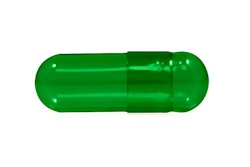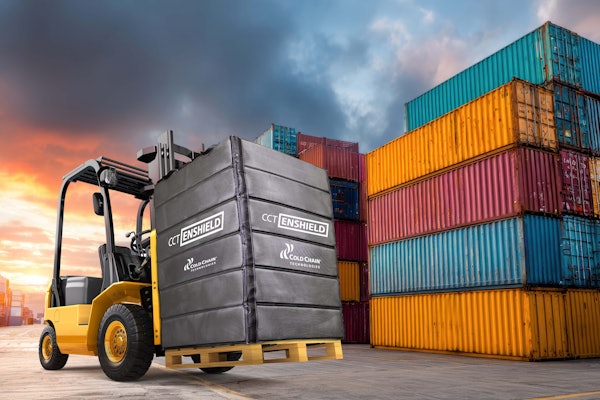
It’s not a secret to packaging professionals that packaging is integral to assuring that drug products have the correct characteristics.
For example, it’s key to product safety, and even product effectiveness, because of the help that package structures and label statements can provide in terms of making sure patients take drugs as instructed. Safety, though, is arguably job #1 for FDA when reviewing and helping guide the design of drug products.
Therefore, it’s not surprising to see packaging considerations centrally incorporated into FDA’s new April 2016 guidance document, “Safety Considerations for Product Design to Minimize Medication Errors.”
One aspect of safety is avoiding product confusion. Anytime a market gets more crowded, especially by products that share similar intended uses and are aimed at similar populations, the potential arises for products to be confusingly similar.
These kinds of considerations are going to be increasingly important given the proliferation of drugs and biological products. The FDA recently expanded its resources devoted to review and approval of new generic drugs, and in 2015 it issued more generic drug approvals than ever. Also, recent changes in the law regarding biological products are leading to the appearance of more such products.
The guidance document contains over two full pages of content under the heading, “Points to Consider During Development of the Container Closure Design.” The agency defines, “container closure system” or “packaging system,” as “the sum of packaging components that together contain and protect the dosage form. This includes primary packaging components and secondary packaging components, if the latter are intended to provide additional protection to the drug product.”
Creativity is called for. The FDA advises that as much as possible, “container closures should not look confusingly similar to those other products within the same product line or a different product line.”
Remember that drugs are more than just tablets or capsules, and dosage forms such as injectables and others present different packaging and labeling challenges. The
guidance document provides specific advice for products requiring dilution before use, injectables, and even combination products, such as inhalers.
The FDA notes the crucial role played by packaging in that “Improper container closure system designs have contributed to medication errors including wrong routes of administration, wrong doses, and incorrect use. Especially problematic container closure systems include those that are (1) incongruent with the intended dosage and administration of the product or are (2) atypical for similar products marketed with a different types of container closure.”
When you have one of those problematic systems, the FDA advises you should redesign it, “because they cannot be remedied with additional label/labeling statements or health care provider and patient education.”





















